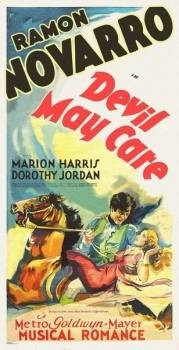
The Hollywood Revue of 1929, or simply The Hollywood Revue, is a 1929 American pre-Code musical comedy film released by Metro-Goldwyn-Mayer. It was the studio's second feature-length musical, and one of their earliest sound films. Produced by Harry Rapf and Irving Thalberg and directed by Charles Reisner, it features nearly all of MGM's stars in a two-hour revue that includes three segments in Technicolor. The masters of ceremonies are Conrad Nagel and Jack Benny.

José Ramón Gil Samaniego, known professionally as Ramon Novarro, was a Mexican-American actor. He began his career in silent films in 1917 and eventually became a leading man and one of the top box-office attractions of the 1920s and early 1930s. Novarro was promoted by MGM as a "Latin lover" and became known as a sex symbol after the death of Rudolph Valentino. He is recognized as the first Latin American actor to succeed in Hollywood.
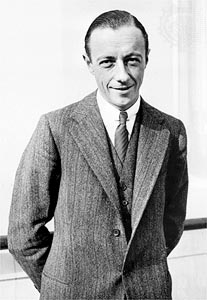
Vincent Millie Youmans was an American Broadway composer and producer.

The Student Prince in Old Heidelberg, also known as The Student Prince and Old Heidelberg, is a 1927 Metro-Goldwyn-Mayer silent drama film based on the 1901 play Old Heidelberg by Wilhelm Meyer-Förster. It was directed by Ernst Lubitsch, and stars Ramon Novarro and Norma Shearer.

Maytime is a 1937 American musical and romantic-drama film produced by MGM. It was directed by Robert Z. Leonard, and stars Jeanette MacDonald and Nelson Eddy. The screenplay was rewritten from the book for Sigmund Romberg's 1917 operetta Maytime by Rida Johnson Young, Romberg's librettist; however, only one musical number by Romberg was retained.

A Lady's Morals is a 1930 American pre-Code film offering a highly fictionalized account of opera singer Jenny Lind. The movie features Grace Moore as Lind, Reginald Denny as a lover, and Wallace Beery as P. T. Barnum. The film contains some opera arias by Moore and was directed by Sidney Franklin.

The Fighting Kentuckian is a 1949 American Adventure Western film written and directed by George Waggner and starring John Wayne, who also produced the film. The supporting cast featured Vera Ralston; Philip Dorn; Oliver Hardy portraying Wayne's portly sidekick; Marie Windsor; John Howard; Hugo Haas; Grant Withers and Odette Myrtil.

Song of the Flame is a 1930 American pre-Code musical film photographed entirely in Technicolor. Based on the 1925 operetta of the same name, the film features a screenplay by Gordon Rigby adapted from the musical book written by Oscar Hammerstein II and Otto A. Harbach for the operetta. The movies also features many of the songs from the operetta which used lyrics by Hammerstein and Orbach and music by George Gershwin and Herbert Stothart. The film was produced and distributed by First National Pictures. It was the first color film to feature a widescreen sequence, using a process called Vitascope, the trademark name for Warner Bros.' widescreen process. The film, based on the 1925 Broadway musical of the same name, was nominated for an Academy Award for Sound Recording. It is part of the tradition of operetta films, popular at the time.
Herbert Pope Stothart was an American songwriter, arranger, conductor, and composer. He was nominated for twelve Academy Awards and won Best Original Score for The Wizard of Oz. Stothart was widely acknowledged as a prominent member of the top tier of Hollywood composers during the 1930s and 1940s.
Devil May Care may refer to:

Call of the Flesh is a 1930 American Pre-Code musical film directed by Charles Brabin. The film stars Ramon Novarro, Dorothy Jordan, and Renée Adorée. It featured several songs performed by Novarro and originally included a sequence photographed in Technicolor.
The Cat and the Fiddle is a musical with music by Jerome Kern and book and lyrics by Otto Harbach. The story is about love and conflict between an American popular music composer and a European classical composer. Hit numbers from the show included "Try to Forget", "She Didn't Say Yes", "The Breeze Kissed Your Hair" and "The Night Was Made for Love."
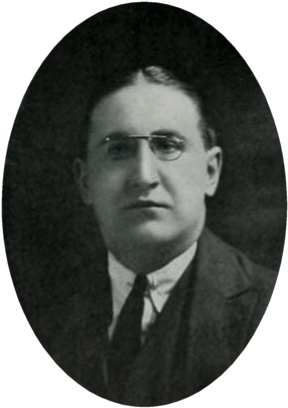
Clifford Grey was an English songwriter, librettist, actor and screenwriter. His birth name was Percival Davis, and he was also known as Clifford Gray.
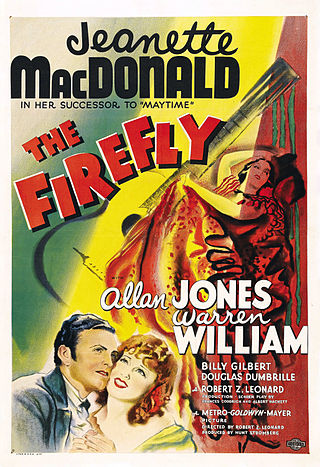
The Firefly is a 1937 American historical musical film directed by Robert Z. Leonard and starring Jeanette MacDonald, Allan Jones and Warren William. The film is an adaptation of the operetta of the same name by composer Rudolf Friml and librettist Otto A. Harbach that premiered on Broadway in 1912. The film used nearly all of the music from the operetta but jettisoned the plot in favor of a new storyline set in Spain during the time of the Emperor Napoleon I. It added a new song, "The Donkey Serenade", which became extremely popular, as was one of the Friml songs, "Giannina Mia". The original release prints of the film were elaborately tinted with Sepia-Blue, Sepia-Orange and Sepia-Blue-Pink.
The March of Time is the title of an unreleased 1930 American Pre-Code musical film directed by Charles Reisner. The film was originally scheduled to be released in September 1930 by Metro-Goldwyn-Mayer but was shelved. The March of Time would have been one of the many musicals partially filmed in two-color Technicolor.

The Arab is a 1924 American silent drama film starring Ramon Novarro and Alice Terry, written and directed by Rex Ingram, based on a 1911 play by Edgar Selwyn.
New Moon is a 1930 black-and-white American, pre-Code romantic/drama/melodrama musical film version of the operetta The New Moon, with music by Sigmund Romberg and book and lyrics by Oscar Hammerstein II and others. The original stage version premiered on Broadway in 1928. The 1930 film is also known as Komissa Strogoff in Greece, Nymånen in Denmark and Passione cosacca in Italy. A second adaptation, also titled New Moon, was released in 1940.
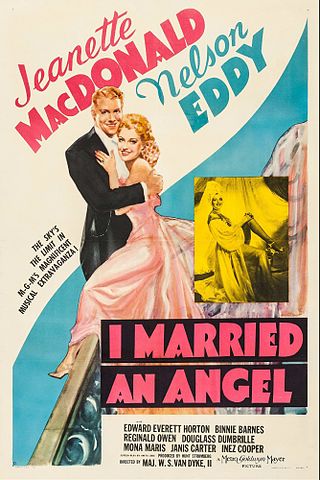
I Married an Angel is a 1942 American musical film based on the 1938 musical comedy of the same name by Rodgers and Hart. The film was directed by W. S. Van Dyke and starred Jeanette MacDonald and Nelson Eddy, who were then a popular onscreen couple. Supporting cast members included Edward Everett Horton, Binnie Barnes, Reginald Owen, Douglass Dumbrille, Mona Maris, and Odette Myrtil.
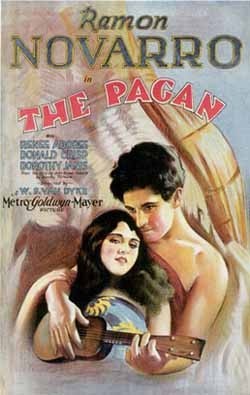
The Pagan is a 1929 synchronized sound romantic drama filmed in Tahiti and produced and distributed by Metro Goldwyn Mayer. While the film has no audible dialog, it was released with a synchronized musical score with sound effects using both the sound-on-disc and sound-on-film process. Both director W.S. Van Dyke and cinematographer Clyde De Vinna had previously visited Tahiti in 1928 to film White Shadows in the South Seas. The Pagan stars Ramón Novarro.
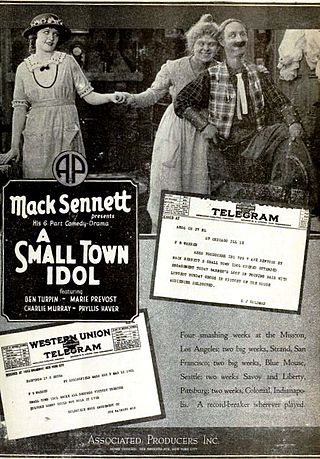
A Small Town Idol is a 1921 American silent feature comedy film produced by Mack Sennett and released through Associated First National. The film stars Ben Turpin and was made and acted by many of the same Sennett personnel from his previous year's Down on the Farm. Sennett and Erle C. Kenton directed.
